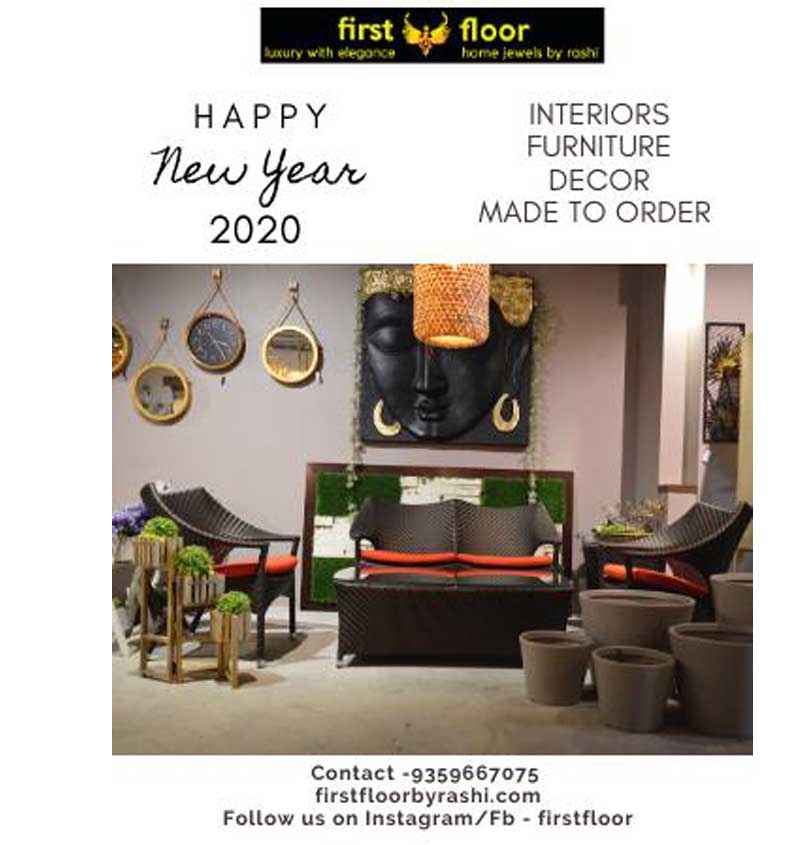1. Scandinavian Simplicity: The Art of Less
Origin: Nordic countries – Sweden, Denmark, Norway, Finland
Key Traits:
-
Neutral palettes (whites, greys, soft wood tones)
-
Clean lines and functional furniture
-
Emphasis on coziness (hygge), light, and simplicity
Modern Integration: Scandinavian design has become a cornerstone of contemporary interiors. Minimalist living rooms with white-washed walls, streamlined sofas, and layered textiles (like wool throws and sheepskin rugs) bring warmth without clutter.
2. Japanese Zen: Harmony and Balance
Origin: Japan
Key Traits:
-
Natural materials (bamboo, wood, stone)
-
Neutral earth tones
-
Sliding doors, open layouts
-
Wabi-sabi (embracing imperfection)
Modern Integration: The influence of Japanese interiors can be seen in minimalist kitchens, low-profile furniture, and spa-like bathrooms that emphasize calm and balance. The Japandi style (a fusion of Japanese and Scandinavian design) is a growing trend that combines function, warmth, and serenity.
3. Moroccan Magic: Vibrancy and Craftsmanship
Origin: Morocco, North Africa
Key Traits:
-
Intricate tile work (zellige)
-
Bold patterns and colors (deep blues, saffron, terracotta)
-
Carved wood, lantern lighting, poufs
Modern Integration: Moroccan influences show up in statement tiled backsplashes, ornate mirrors, or low seating areas filled with textiles. Even small accents like a Moroccan rug or pierced metal lantern can infuse a room with exotic charm.
4. French Elegance: Effortless Sophistication
Origin: France
Key Traits:
-
Architectural details (molding, herringbone floors, tall windows)
-
Antique-meets-modern styling
-
Soft color palettes with pops of gold or jewel tones
Modern Integration: Parisian chic interiors often blend vintage pieces with modern art and lighting. Think marble fireplaces, distressed mirrors, and curated clutter that looks intentionally imperfect yet elegant.
5. Indian Eclecticism: Richness in Layers
Origin: India
Key Traits:
-
Vibrant colors (magenta, mustard, turquoise)
-
Handcrafted furniture and textiles
-
Ornate wood carvings, brass accents
Modern Integration: Layered textiles like hand-loomed dhurries, block-printed cushions, and carved wooden accents add warmth and personality. Indian-inspired design brings an artisanal, soulful feel to even minimalist homes.
6. African Earthiness: Raw Beauty and Texture
Origin: Sub-Saharan Africa
Key Traits:
-
Natural materials (clay, wood, raffia, stone)
-
Organic forms
-
Tribal patterns and artisan-made decor
Modern Integration: African design often adds grounding elements to a space—textured baskets, raw ceramics, and earthy palettes. These pieces create a tactile richness that connects a home to nature and craft.
7. Mediterranean Breeziness: Sun-Kissed and Relaxed
Origin: Greece, Italy, Spain, coastal regions
Key Traits:
-
Whitewashed walls, arched doorways
-
Terra cotta tiles, wrought iron, stone
-
A balance of rustic and refined
Modern Integration: Mediterranean interiors lend themselves beautifully to open kitchens and relaxed living spaces. Think linen drapes, olive trees in clay pots, and open shelving that showcases pottery and glassware.
8. Latin American Warmth: Color, Rhythm, and Craft
Origin: Mexico, Brazil, Peru, and other Latin countries
Key Traits:
-
Bold colors (reds, greens, yellows)
-
Handwoven textiles, folk art
-
Mid-century modern touches in Brazilian design
Modern Integration: Latin American style brings bold personality to a space. A vibrant wall hanging, a statement painted tile floor, or vintage wooden furniture adds warmth, character, and joy.
Blending Cultures with Intention
Incorporating global design influences doesn’t mean collecting decor from every continent. Instead, it’s about curating elements that resonate with you personally—whether that’s a handmade Turkish rug, a Japanese shoji screen, or African mudcloth pillows.
Tips for Blending Global Styles:
-
Avoid clichés. Focus on authentic craftsmanship, not mass-produced versions of cultural decor.
-
Tell your story. Use items collected through travel or inherited from family to add meaning.
-
Maintain balance. Pick a dominant style, then layer in accents from other cultures.
-
Respect origins. Know the story behind pieces and honor their cultural significance.
Conclusion
As our lives become more globally connected, our interiors naturally reflect that diversity. Global design is not just about aesthetics—it’s about connection, storytelling, and appreciation of culture. With thoughtful integration, your home can be a celebration of the world—and a space that feels uniquely yours.



















Your Message